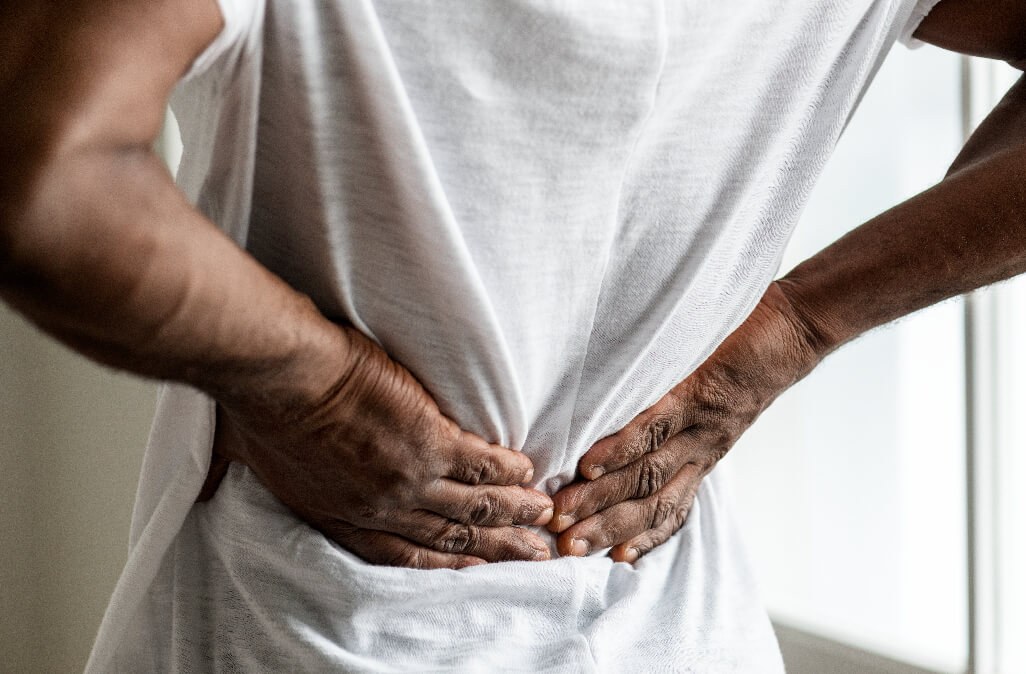By Dr. Prankul Singhal, Head – Neurosciences, Yatharth Super Specialty Hospital, Greater Noida
In the journey of life one may not even remember when the association of winter shifts from festivities to a season of pain. Coping with pain in cold winter months requires extra efforts to avoid the worsening spiral of immobility and increasing pain. This problem is not limited to a certain age, with sedentary lifestyle contributing to the increasing incidence across ages. It’s not only the joint pains which flare up, but other pain conditions such as muscular pains, backaches, headaches, neck pain, nerve pains, fibromyalgia etc may experience similar increase.
Scientific studies exploring the relationship between pain and weather have had little consensus, regardless this is commonly observed in clinical practice. Various factors such as low temperature, atmospheric pressure, immunological changes, altered blood flow etc have been implicated but none conclusively held responsible. There are studies demonstrating that the cold, damp weather has the greatest impact on lower back pain.
The Sciatic nerve pain, which is more than often shortened to a medical condition called Sciatica, entails symptoms of pain in the leg, little or strong numbness that begins in the lower back and then goes down to the buttock and towards the back of the leg. Generally, sciatica is believed to affect only one side of the lower body, with the pain extending from the lower back all the way to the back of the thigh and down through the back of the leg. This pain is likely to further extend to the foot or the toes depending on where the sciatic nerve has been affected, hence differing from one person to the other.
Characterized by more than one symptom; while some patients complain of severe and unbearable pain, some share their experience of it as infrequent and irritating. These pains however, are suspected to worsen in the future and hence recommend precautions and exercises accordingly.
Akin to the effects of this pain on different individuals, specific sciatica symptoms also vary in type, location and severity, depending upon the condition that is causing the sciatica. Patients may also complain of tingling or pins & needles feeling in the same distribution. Though permanent sciatic nerve damage (tissue damage) is a relatively rare event, when it happens then it’s often irreversible.
Therefore, if one experiences weakness in the lower region, numbness in the upper thighs, and/or loss of bladder or bowel control, it is advised to seek immediate medical assistance before the condition aggravates/ worsens.
Symptoms of Sciatica
The most common symptoms of Sciatica–
- You might experience continuous pain in only one side of the buttock or leg (rarely can occur in both legs).
- A Pain that tends to worsen when sitting or on coughing/sneezing.
- Some numbness, weakness or even difficulty in moving the foot or the leg.
- Experiencing burning or tingling down the leg.
- You can also witness a sharp pain that makes it difficult to stand up or to walk.
Treatment for Sciatica
If you have a herniated disk, this does not necessarily imply that you will need surgery, there are have numerous cases where the symptoms have improved with time. Rather, 9 out of 10 patients with sciatica do not need surgery.
Often, it’s a combination of precautions, medicines and controlled exercises that help to treat the pain.
Precautions – Patient must avoid sudden or extremes of movements at the lower back to prevent worsening of the pain. Activities such a squatting, kneeling down, bending at the waist, lifting heavy weights (or even light weights wrongly) should be avoided.
Exercise and physical therapy – Doctor usually schedules a very specific, controlled, progressive exercise program. This is so because no matter how counterintuitive it sounds; exercises work comparatively well in the case of sciatica in opposition to bed rest.
So, you might rest for a day or two when the pain gets worse, but after some time inactivity begins to work the other way round. These exercises mainly serve these two purposes:
1. They reduce the sciatic pain in the near term
2. They help provide conditioning that can prevent future recurrences of the pain.
Devoid of an exercise regime, the back muscles and spinal structures obviously become deconditioned and hence are less able to support the back. This can further lead to back injury and strain which in turn will give rise to more pain. Effective movements of the body also assist in the exchange of nutrients and fluids within the discs and keep them healthy hence preventing any strain on the sciatic nerve.
A lot of patients have found relief through endoscopic or endo portal decompression which is a 30 minutes procedure requiring less than 24 hours hospitalisation. This procedure utilises a less than a couple of centimetres long cut through which the doctor removed the part which is exerting pressure on the nerve in case of slipped disc or spinal stenosis.
So, surgery might be the last resort for sciatica pain, but your doctor will ensure that he has tried and tested all possible means before he asks you to head towards it. And considering the irreversible nature of nerve damage that can happen with careless handling of the condition or with self-medication, it is highly recommended to consult a Neurosurgeon/Spine Surgeon/Ortho Surgeon at an early stage of the pain,











